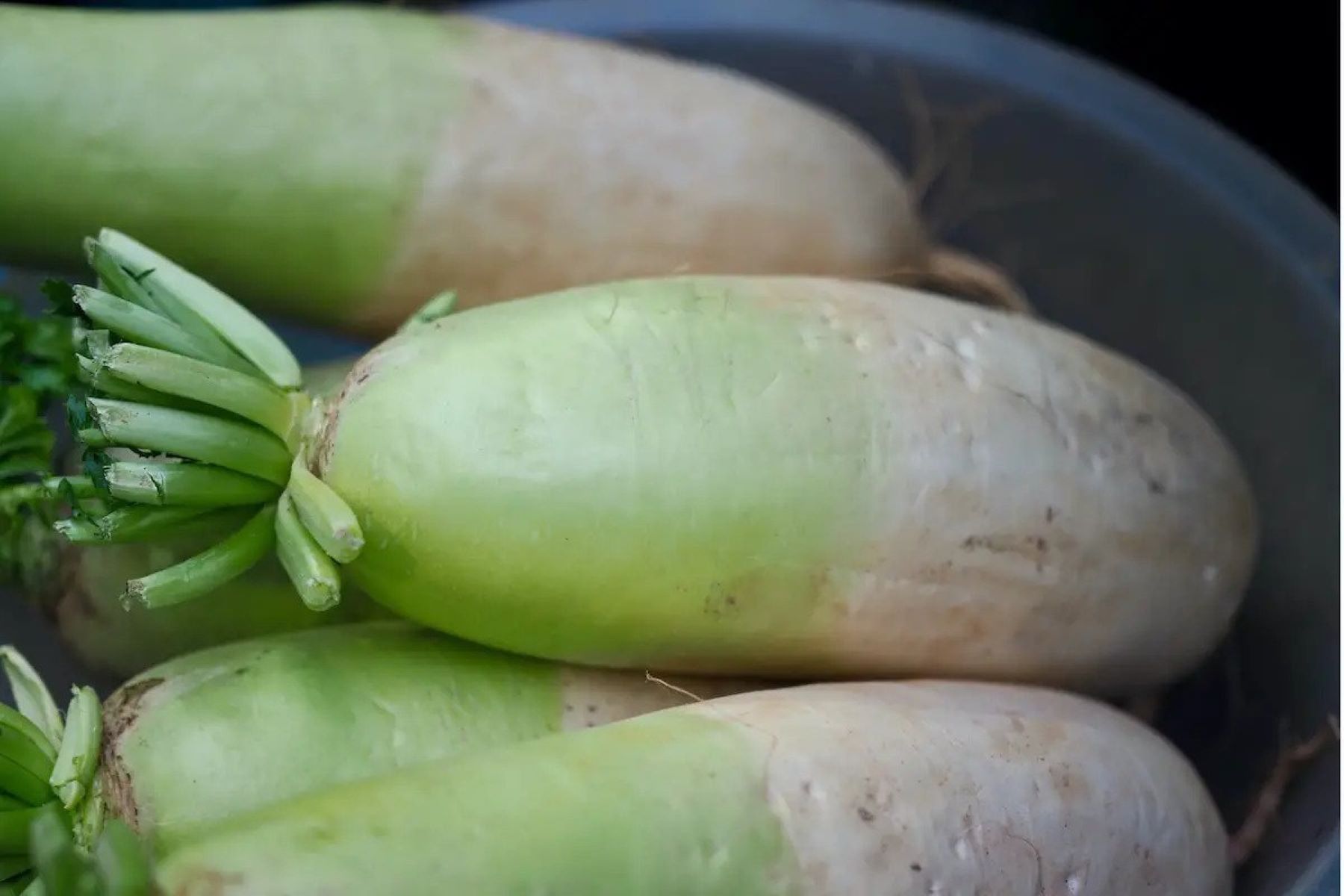

Articles
How To Store Korean Radish
Modified: May 6, 2024
Learn effective tips on how to store Korean radish and keep it fresh for longer. Read informative articles and expert advice on proper storage methods.
(Many of the links in this article redirect to a specific reviewed product. Your purchase of these products through affiliate links helps to generate commission for Storables.com, at no extra cost. Learn more)
Introduction
When it comes to Korean cuisine, one ingredient that stands out is Korean radish. Also known as mu, Korean radish is a versatile vegetable that is used in various Korean dishes, from kimchi to soups and stews. Its crisp texture, mild flavor, and ability to absorb flavors make it a popular choice among Korean cooks.
However, Korean radish is not always readily available all-year-round. That’s why it is important to know how to properly store Korean radish to keep it fresh for an extended period. Whether you have harvested them from your own garden or bought them in bulk from the store, learning the right techniques for storing Korean radish can help you enjoy this delicious ingredient whenever you want.
In this article, we will explore the different methods for storing Korean radish to ensure its freshness and quality. From choosing the right radish to freezing it for later use, we will provide you with the knowledge and tips to extend the shelf life of Korean radish in your kitchen.
Key Takeaways:
- Choose firm, vibrant Korean radishes with intact leaves for extended freshness. Properly wash, trim, and dry before storing to maintain their crisp texture and mild flavor.
- Store whole radishes in perforated bags in the fridge, and cut radishes in airtight containers. Consider freezing for long-term use, and follow tips to prolong freshness and flavor.
Read more: How To Store Radish Greens
Choosing the Right Korean Radish
When it comes to storing Korean radish, selecting the right radish is crucial. Here are some tips to help you choose the best Korean radish:
- Look for firmness: Opt for Korean radishes that are firm and solid to the touch. Avoid radishes that feel soft or have any mushy spots.
- Check the color: Choose radishes that have a vibrant and even color. The skin should be smooth and free from any blemishes or discoloration.
- Size matters: Consider the size of the radish based on your needs. Smaller radishes are generally milder in flavor and ideal for raw consumption, while larger radishes are great for cooking and can hold up well in stews and soups.
- Inspect the leaves: If the radish comes with the leaves attached, make sure they are fresh and green. This indicates the radish’s freshness.
- Harvesting time: If you have the opportunity, choose radishes that have been recently harvested, as they tend to be the freshest.
By following these guidelines, you can ensure that you select high-quality Korean radishes that will store well and maintain their flavor and texture for a longer period.
Preparing Korean Radish for Storage
Before storing Korean radish, it is essential to properly prepare and clean the radish to maximize its shelf life. Here are the steps to prepare Korean radish for storage:
- Wash the radish: Start by giving the radish a thorough wash under running water. Use a vegetable brush to gently scrub away any dirt or debris on the skin. This will help remove any bacteria or fungi that might cause spoilage during storage.
- Trim the tops and roots: Trim off any excess leaves and roots from the radish, using a sharp knife or kitchen shears. Leaving too much of the tops or roots can lead to moisture loss and spoilage.
- Dry the radish: After washing and trimming, ensure that the radish is completely dry. Excess moisture can promote mold growth, so pat the radish dry with a clean kitchen towel or let it air dry for a few minutes.
- Optional: Peel the skin (only if necessary): While the skin of Korean radish is edible and contains valuable nutrients, some prefer to peel it before storage. If you choose to peel the skin, use a vegetable peeler or a knife to remove the outer layer.
Once you have completed these steps, your Korean radish is now ready for storage. Keeping the radish clean, trimmed, and dry will help prevent spoilage and maintain its freshness for a longer period.
Storing Whole Korean Radish
If you want to store Korean radish in its whole form, follow these steps to ensure its longevity:
- Choose an appropriate storage container: The ideal container for storing whole Korean radish is a perforated plastic bag or a vegetable storage bag. These bags allow for proper airflow, preventing excess moisture buildup.
- Place the radish in the bag: Put the radish inside the bag and loosely tie the bag to allow for some air circulation. Make sure not to overcrowd the bag, as this can lead to bruising and decay.
- Store in the refrigerator: Place the bagged radish in the vegetable drawer or a cool and dark section of the refrigerator. The recommended temperature for storing Korean radish is between 32°F (0°C) and 40°F (4°C).
- Check regularly: Periodically check the radish for any signs of spoilage. Remove any radishes that show soft spots or mold to prevent the spread of decay to other radishes.
By following these steps, you can store whole Korean radishes for up to several weeks. However, keep in mind that the radish’s freshness may decline over time, so it’s best to consume them as soon as possible for the best flavor and texture.
Store Korean radish in a cool, dark place with good ventilation, such as a root cellar or refrigerator. Keep it away from moisture to prevent mold and decay. It can last for several weeks when stored properly.
Storing Cut Korean Radish
If you have already cut Korean radish and want to store it for future use, here are the steps to ensure its freshness:
- Wrap the cut pieces: Place the cut radish pieces in an airtight container or wrap them tightly in plastic wrap or aluminum foil. This will help prevent moisture loss and keep the radish from drying out.
- Label the container: If you are using a container, label it with the date of storage to keep track of its freshness. This will help you identify how long the cut radish has been stored.
- Store in the refrigerator: Put the wrapped or containerized cut radish in the refrigerator. The recommended temperature for storing cut Korean radish is between 32°F (0°C) and 40°F (4°C).
- Use within a few days: Cut Korean radish has a shorter shelf life compared to whole radish. It is best to use it within 3 to 5 days for optimal freshness and flavor.
- Check for spoilage: Before using the cut radish, inspect it for any signs of spoilage such as discoloration, sliminess, or an off odor. If any of these signs are present, discard the radish to avoid consuming spoiled food.
By following these guidelines, you can store cut Korean radish for a short period, allowing you to enjoy its crispness and flavor in various dishes without unnecessary waste.
Read more: How To Store Watermelon Radishes
Freezing Korean Radish
Freezing Korean radish is a great option if you want to store it for an extended period. Here’s how you can freeze Korean radish:
- Wash and peel the radish: Start by washing and peeling the Korean radish. Make sure to remove any dirt or debris from the surface.
- Cut into desired shapes: Cut the radish into your preferred shapes, such as cubes, slices, or julienne strips. This will make the radish more versatile for use in different recipes.
- Blanch the radish: Blanching helps preserve the radish’s texture and color. Bring a pot of water to a boil, then add the radish pieces and cook for 2-3 minutes. Immediately transfer the radish to an ice bath to stop the cooking process.
- Drain and dry: After blanching, drain the radish pieces and pat them dry with a clean kitchen towel or paper towels. The excess moisture can lead to freezer burn, so it’s crucial to remove as much water as possible.
- Package for freezing: Place the blanched and dried radish pieces in an airtight freezer bag or container. Remove any excess air from the bag before sealing to prevent freezer burn.
- Label and freeze: Label the freezer bag or container with the date of freezing and place it in the freezer. The recommended temperature for freezing Korean radish is 0°F (-18°C) or below.
Frozen Korean radish can be stored for about 6-8 months. However, it’s recommended to use it within 3-4 months for the best quality. When you’re ready to use the frozen radish, thaw it in the refrigerator before incorporating it into your desired recipe.
Freezing Korean radish is an excellent way to preserve its freshness and have it readily available for your favorite Korean dishes all year round.
Tips for Prolonging Korean Radish Freshness
To ensure the longevity and freshness of your Korean radish, here are some additional tips to consider:
- Store unwashed radish: Avoid washing the radish before storage, as moisture can accelerate spoilage. Instead, wash the radish right before you’re ready to use it.
- Keep away from ethylene-producing fruits: Ethylene is a natural gas that fruits and vegetables produce as they ripen. It can speed up the spoilage of Korean radish. Therefore, store radish away from ethylene-producing fruits like apples, bananas, and tomatoes.
- Avoid direct sunlight: Exposure to sunlight can cause the radish to wilt and lose its crispness quickly. Store it in a cool, dark place or inside the refrigerator.
- Don’t store near strong-smelling foods: Korean radish can absorb odors easily. To preserve its natural flavor, keep it away from strong-smelling foods like onions and garlic.
- Check for spoilage regularly: Periodically inspect your stored radish for any signs of decay, such as soft spots, mold, or an unpleasant odor. Remove any spoiled radish to prevent the spread of rotting.
- Use proper storage containers: When storing cut radish, use airtight containers or bags to minimize air exposure and reduce moisture loss.
- Consider pickling or fermenting: If you have excess Korean radish, consider pickling or fermenting it. These methods can not only preserve the radish’s freshness but also enhance its flavor.
By following these tips, you can prolong the freshness and quality of your Korean radish, allowing you to enjoy its flavor and texture for an extended period.
Conclusion
Properly storing Korean radish is essential for preserving its freshness, flavor, and texture. Whether you have a surplus of radishes from your garden or want to stock up for future use, following the right methods can extend the shelf life of this versatile vegetable.
Start by selecting the right Korean radish, choosing firm and vibrant-looking ones with intact leaves. Properly preparing the radish involves washing, trimming, and ensuring it is dry before storage. Whole Korean radishes can be stored in perforated plastic bags in the refrigerator, while cut radishes should be wrapped tightly or stored in airtight containers.
For long-term storage, freezing Korean radish is a viable option. Blanching the radish prior to freezing helps retain its texture and color. Keep in mind that frozen radish should be thawed before use.
To maintain the freshness of Korean radish, avoid washing it until ready to use, store it away from ethylene-producing fruits, protect it from direct sunlight, and regularly check for any signs of spoilage.
By following these guidelines and incorporating the tips provided, you can ensure that your Korean radish remains fresh and ready for culinary creations. Enjoy the distinct and delicious flavors of Korean radish in soups, stews, kimchi, and various other dishes, even when it’s not in season.
So, go ahead and store your Korean radish properly to savor its delightful taste and enjoy the versatility it brings to your culinary adventures!
Now that you've mastered storing Korean radish, why not enhance your skills with other vegetables? Dive into our guide on vegetable storage, designed to keep all your produce fresh and flavorful. Whether you're looking to optimize space or extend the shelf life of your favorite veggies, this article offers practical advice and creative solutions. Don't miss out on making the most of your groceries!
Frequently Asked Questions about How To Store Korean Radish
Was this page helpful?
At Storables.com, we guarantee accurate and reliable information. Our content, validated by Expert Board Contributors, is crafted following stringent Editorial Policies. We're committed to providing you with well-researched, expert-backed insights for all your informational needs.
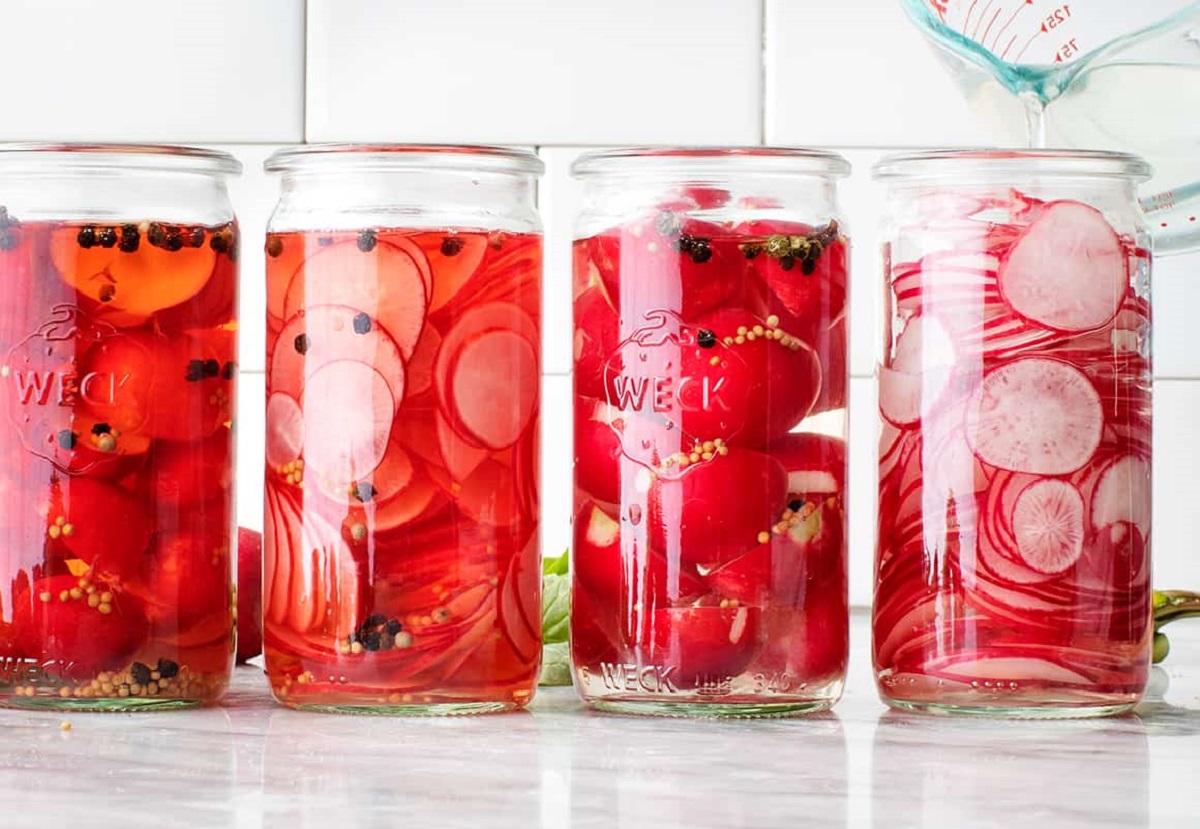
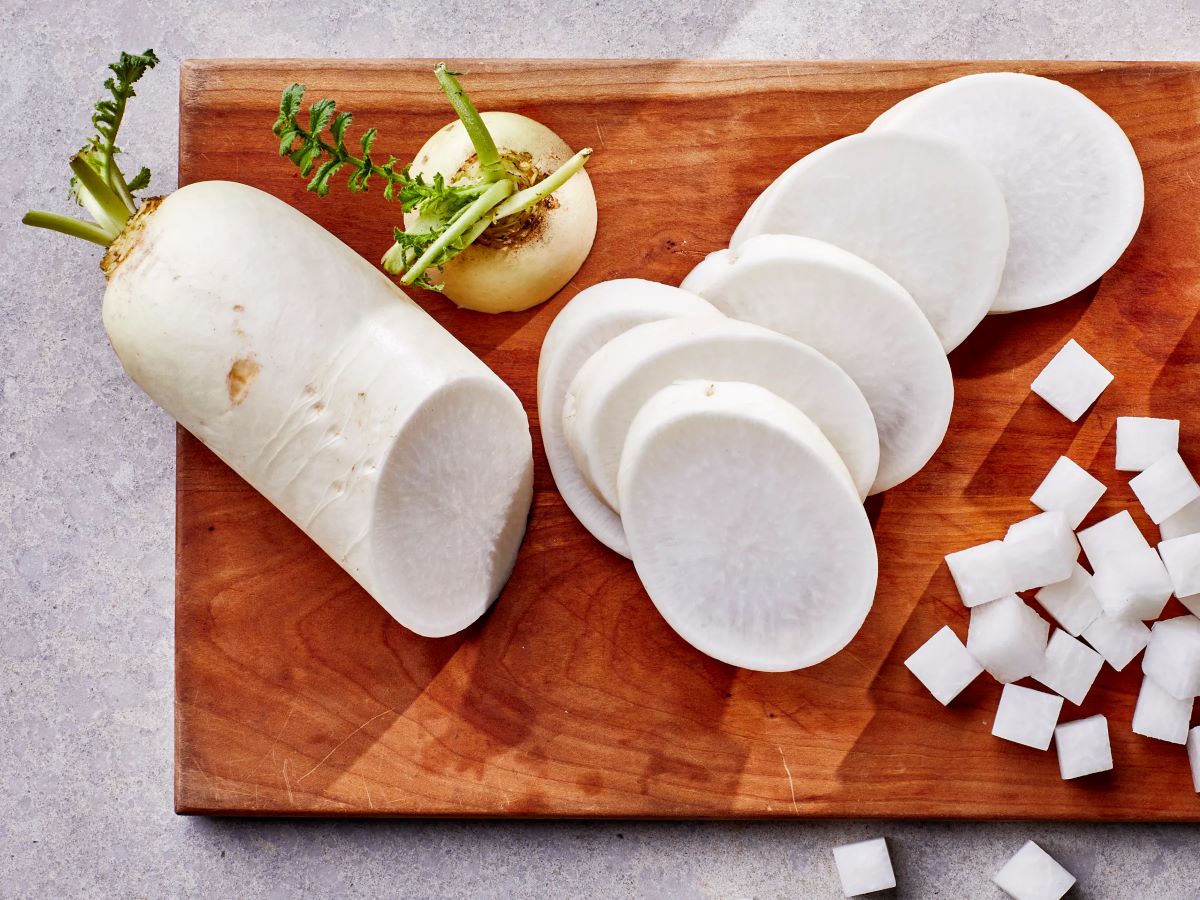
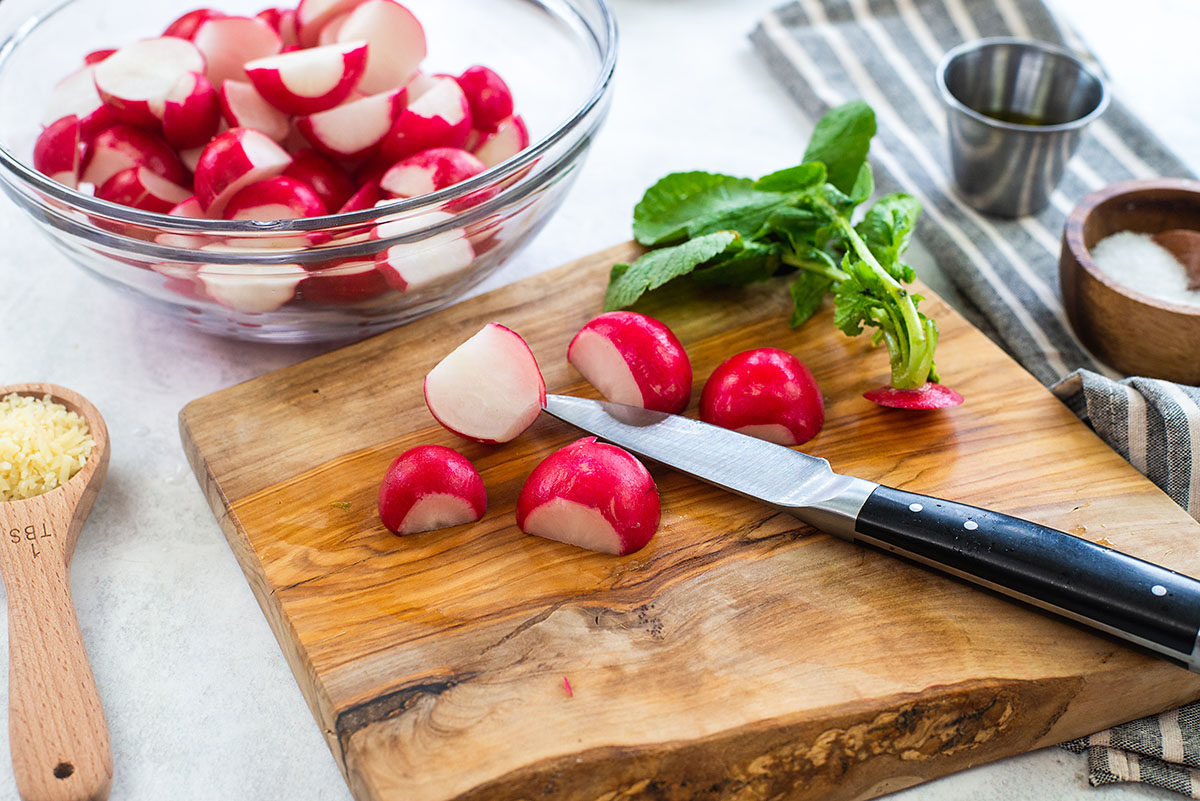
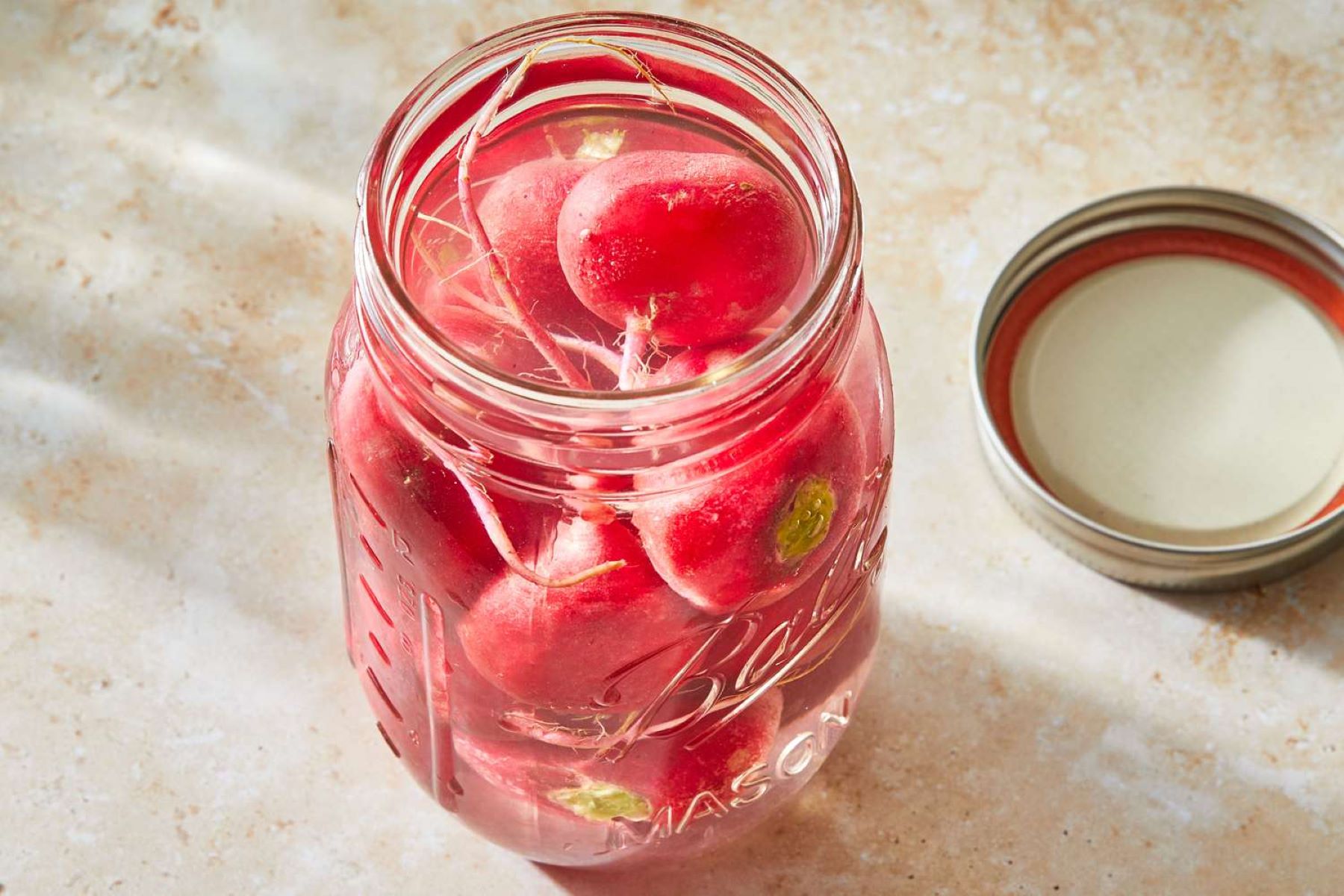
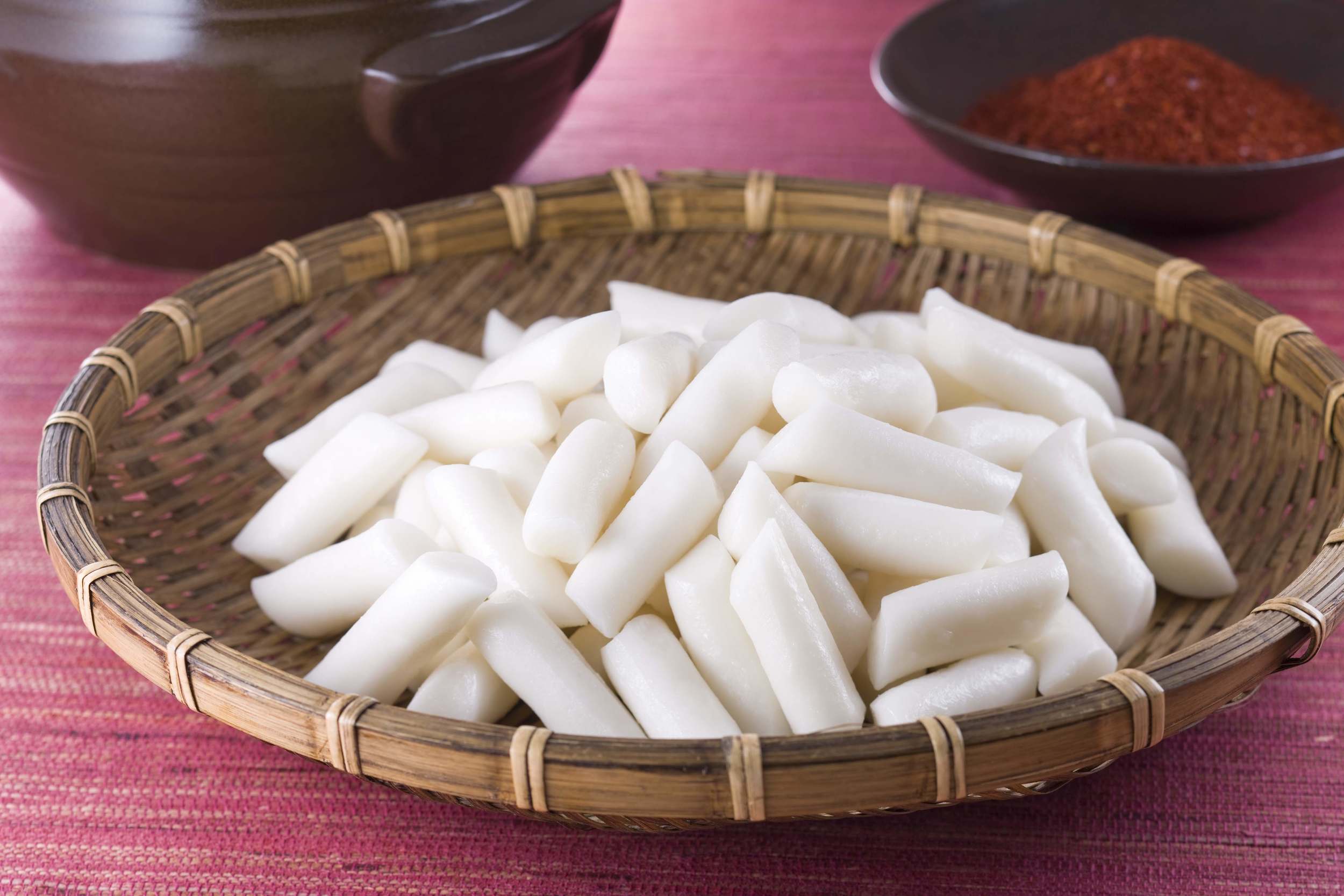
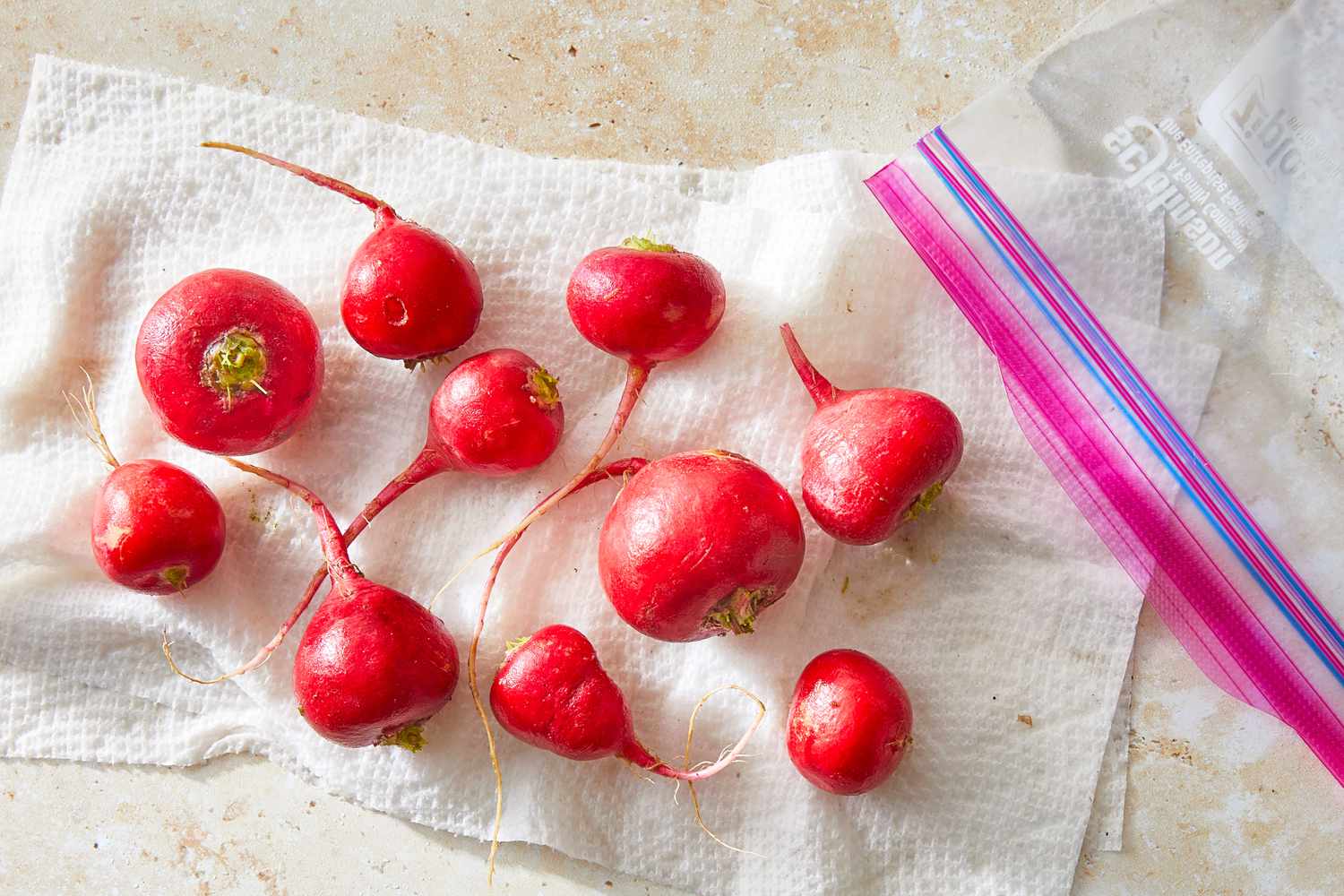

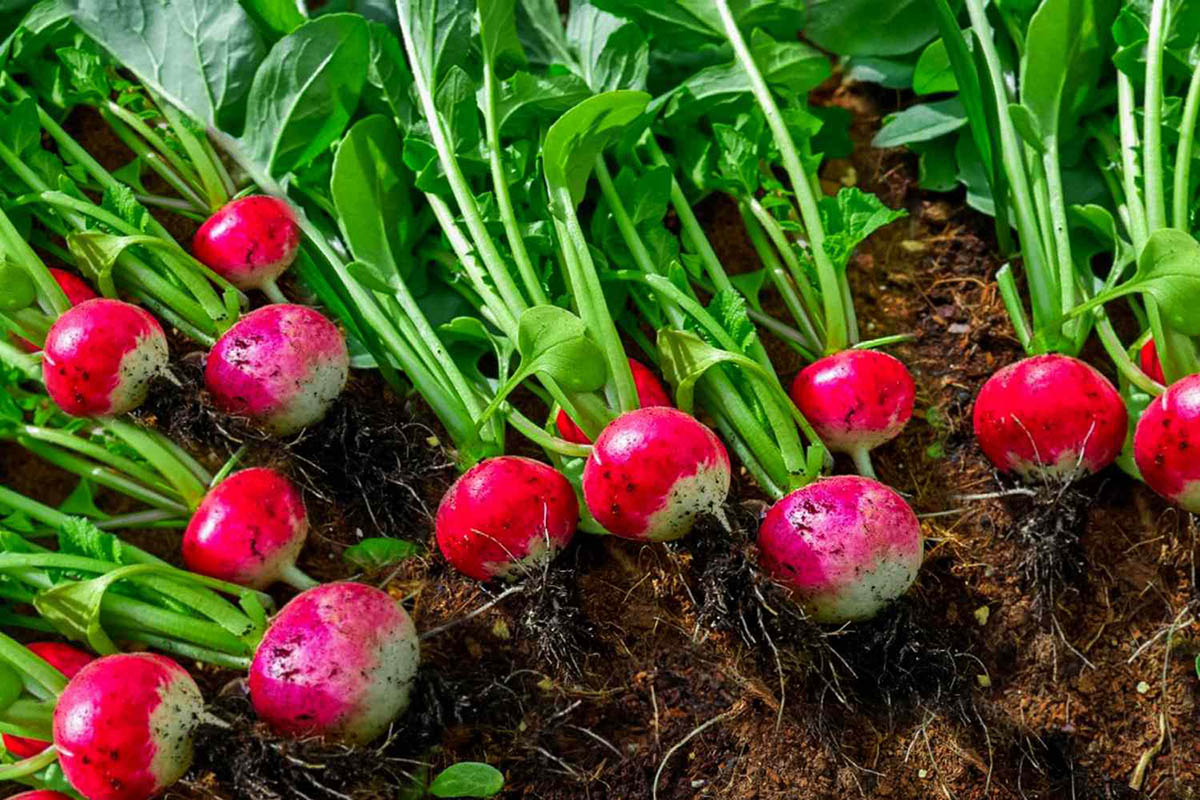

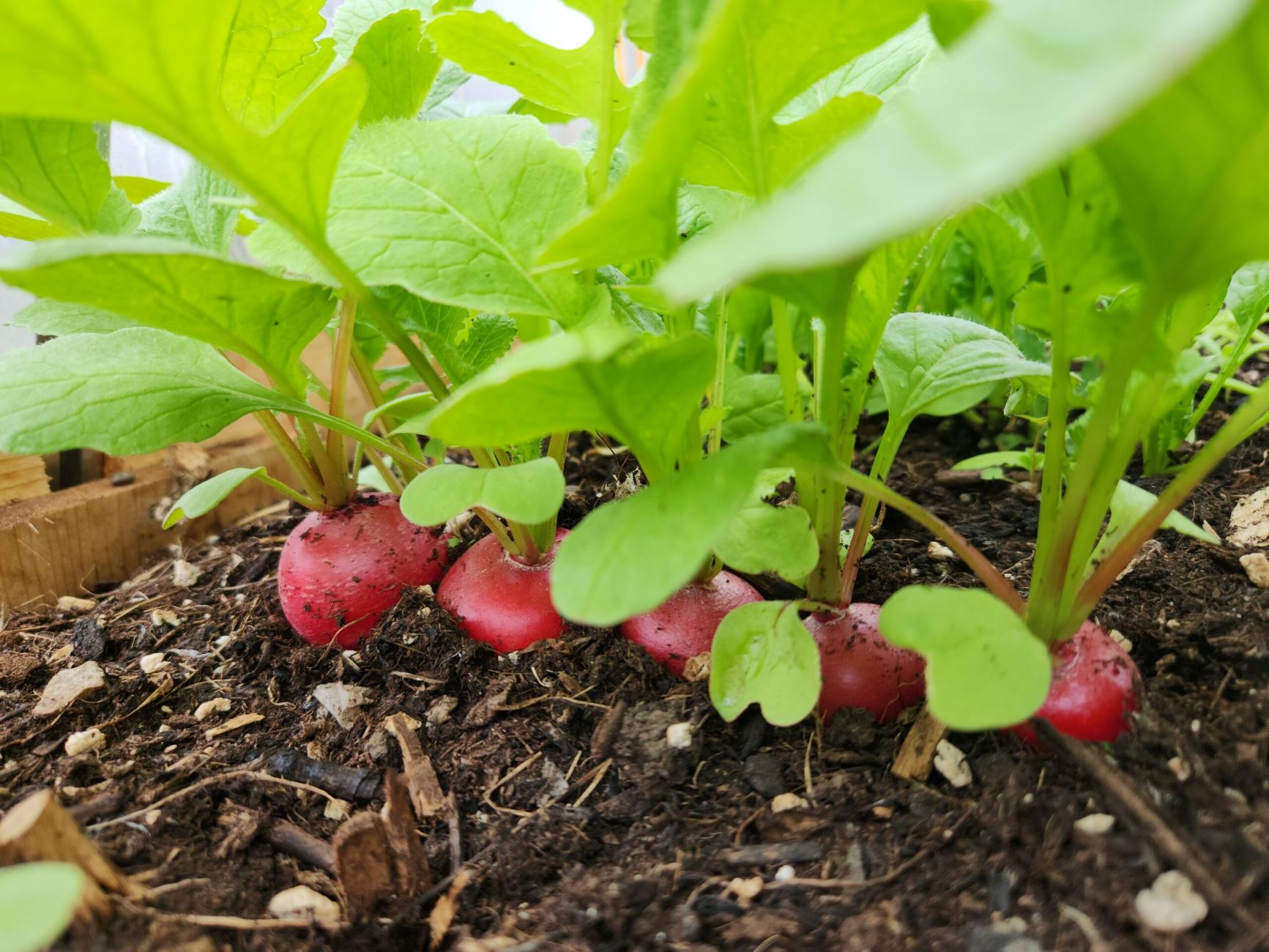

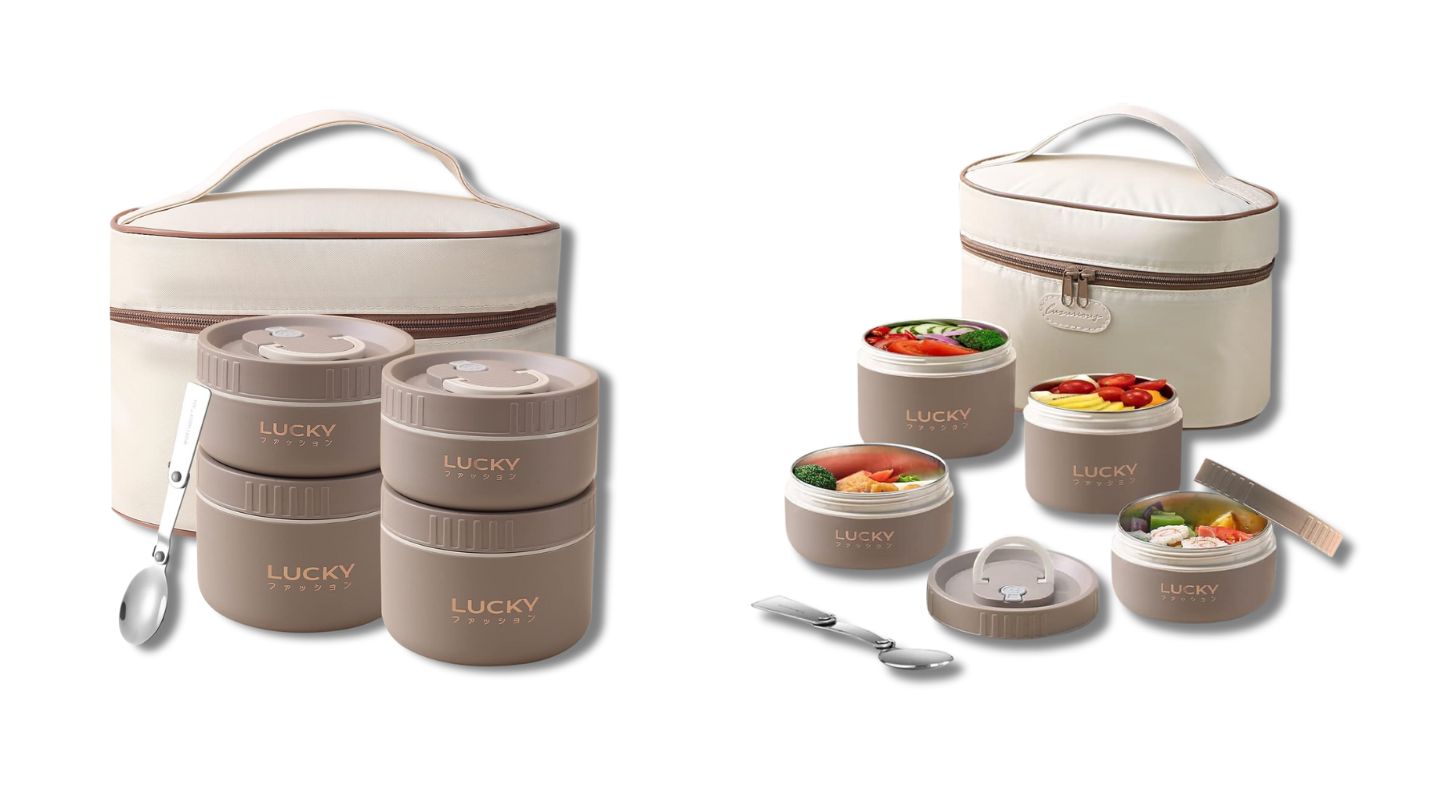
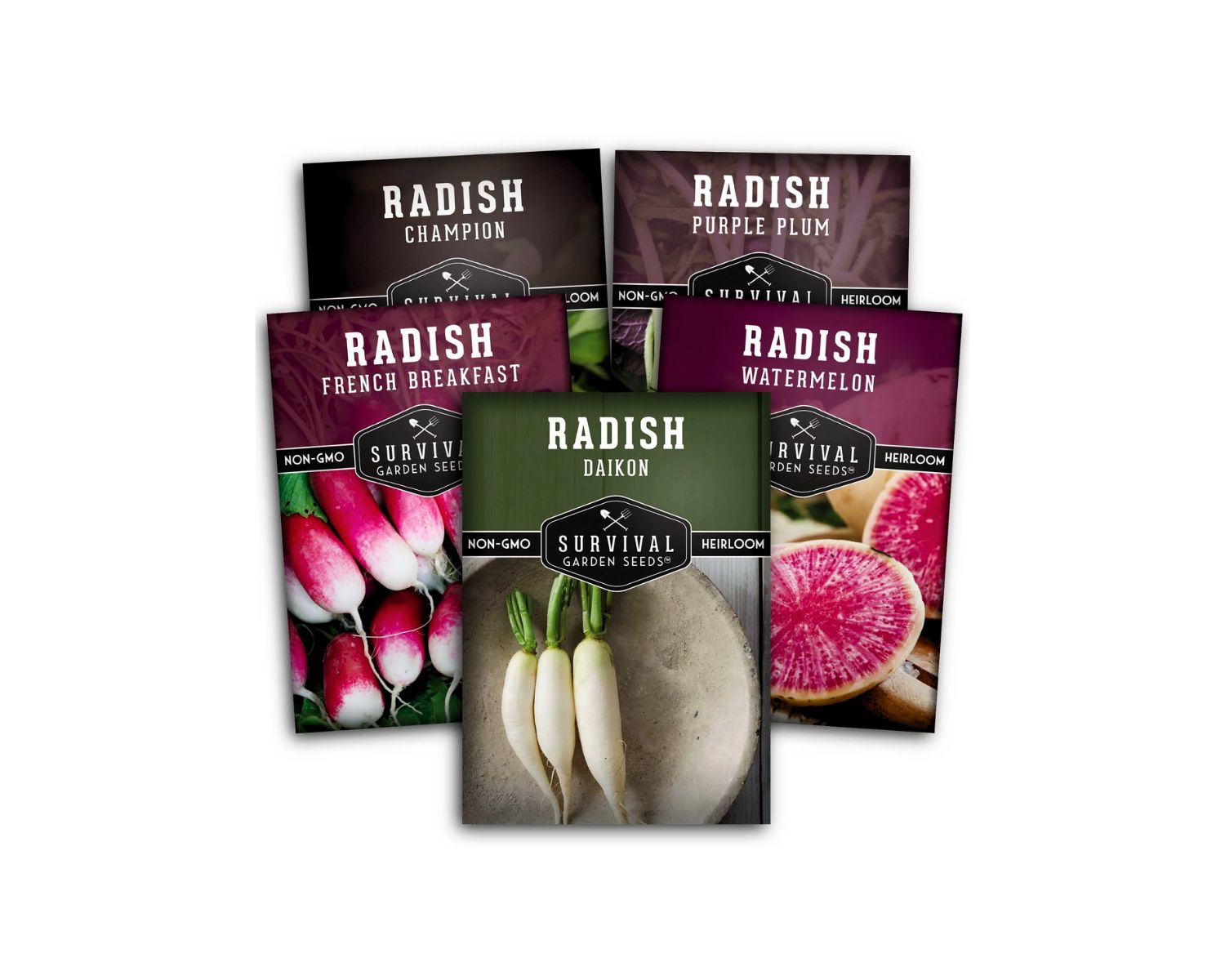


0 thoughts on “How To Store Korean Radish”